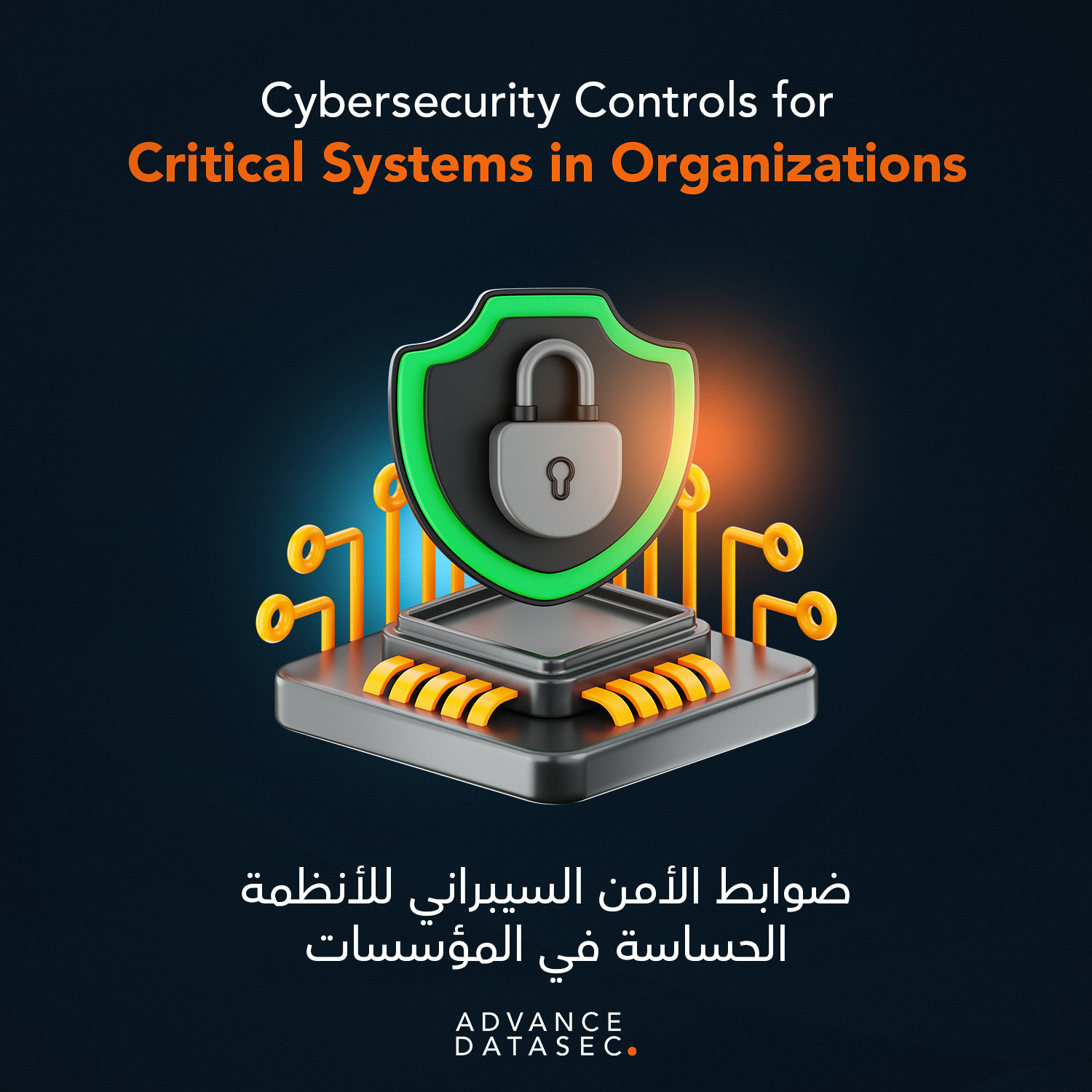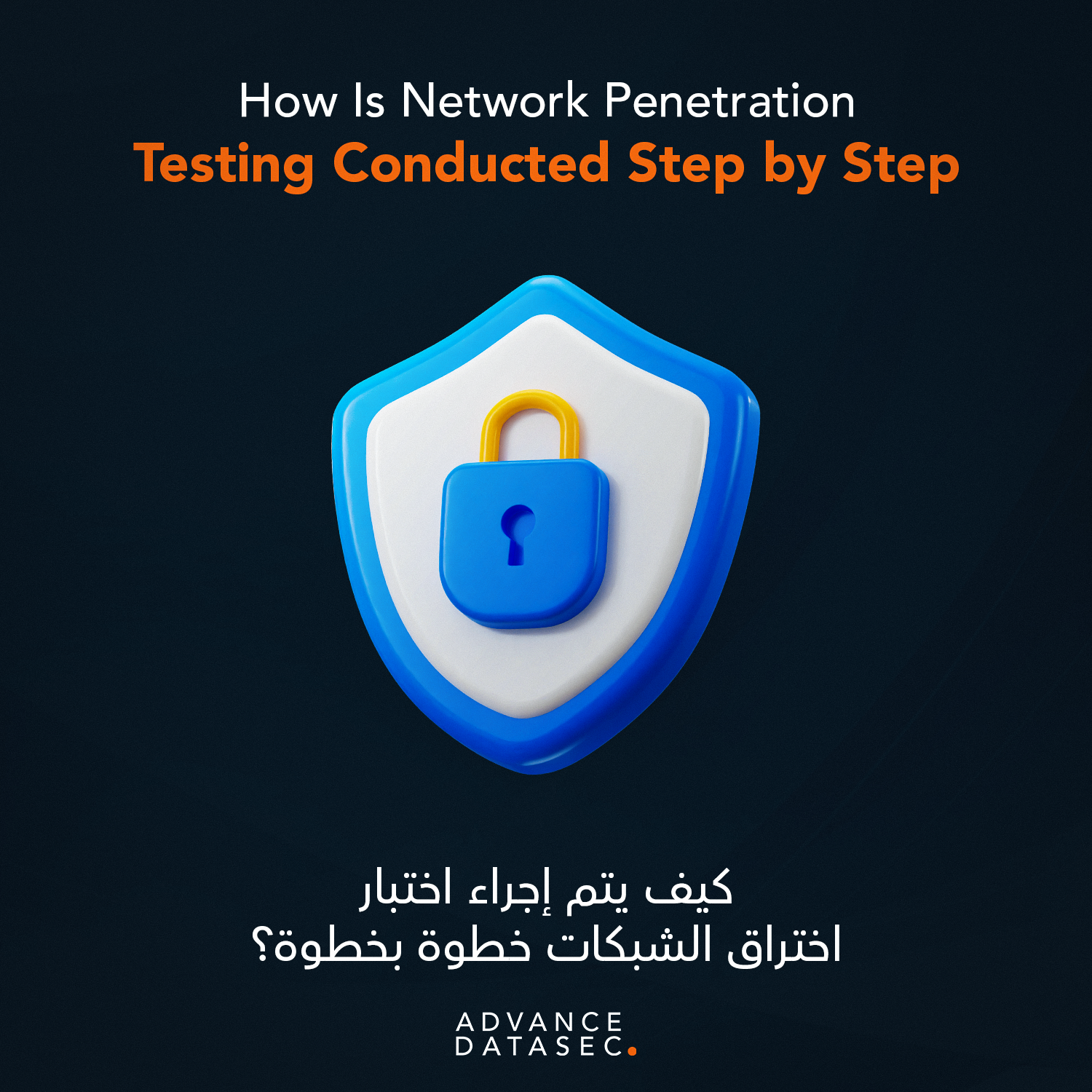Introduction: The Hidden Threat Lurking in Your Systems
In the complex landscape of modern cyber security, the most insidious threats are often those you can’t see coming. Enter the zero-day vulnerabilities—a class of software flaws that are unknown to the vendor, the public, and, critically, security teams. When an attacker discovers and exploits one of these flaws before a patch is available, it is called a zero-day exploit. The name itself signifies the danger: “zero days” is the time available to fix the flaw after it has been publicly exposed or actively exploited.
These vulnerabilities represent a fundamental breakdown in the traditional defense model, which often relies on known signatures and existing patch lists. For any organization with a digital footprint, particularly in the critical sectors of the Saudi Arabian economy, understanding and preparing for zero-day attacks is not optional—it is a cornerstone of business resilience. This article dives deep into the high stakes involved and outlines the proactive, multi-layered strategies necessary to mitigate this unique and potent cyber threat.
The Anatomy of a Zero-Day Vulnerability
What exactly elevates a zero-day flaw from a simple bug to a catastrophic security risk? A zero-day vulnerability is a hole in a piece of software (an operating system, a browser, or an application) that has been created either by error or by design, and for which there is no fix available.
The timeline of a zero-day is crucial to understanding its risk:
- Discovery (The “Day Zero”): A malicious actor (or sometimes, a benevolent security researcher) discovers a flaw. Crucially, the software vendor remains unaware.
- Exploitation: The malicious actor creates an exploit—a piece of code designed to take advantage of the flaw. This exploit is then deployed, often in highly targeted attacks against high-value entities.
- Public Disclosure/Patching: The vendor is finally alerted, often after the vulnerability has been actively exploited in the wild. They rush to develop and release a patch, but the damage may already be done.
Because security systems rely heavily on databases of known threats, they are effectively blind to attacks leveraging zero-day vulnerabilities. This element of complete surprise is what makes them so valuable to attackers and so terrifying to defenders.
The Unseen Risks of Zero-Day Exploits
The impact of a successful zero-day exploit can be devastating and multifaceted. Unlike common malware attacks that are often broadly distributed, zero-day attacks are frequently reserved for high-stakes targets due to the cost and complexity of developing the exploit.
High-Impact Consequences
- Data Breach and Exfiltration: Zero-day exploits are often used to gain root access to systems, allowing attackers to bypass security perimeters and steal sensitive information, including intellectual property, customer data, and financial records.
- System Takeover: An attacker can gain full control over a system or network, using it as a beachhead for further lateral movement and prolonged espionage.
- Financial and Reputational Damage: The cost of remediation, regulatory fines (especially concerning data privacy), and the irreparable damage to public trust can cripple an organization for years.
The Challenge of Time and Targeting
The biggest challenge is the “time-to-patch.” While a typical vulnerability might sit unpatched for weeks, a zero-day offers zero time for preparation. Furthermore, threat actors often sell or reserve these exploits for highly targeted attacks, focusing on specific industries, governments, or geopolitical rivals. The stealth and precision of attacks utilizing zero-day vulnerabilities mean that an organization may be compromised for months before the intrusion is even detected.
Proactive Solutions: Mitigating Zero-Day Threats
Since you cannot rely on a patch for a vulnerability that is still unknown, defense against zero-day exploits requires shifting the security paradigm from reactive to proactive. The focus must move from detecting known signatures to monitoring system behavior and drastically reducing the attack surface.
1. Offensive Security and Continuous Assessment
The first line of defense is to find and eliminate as many potential flaws as possible before a malicious actor does.
- Network and Application Penetration Testing: Simulating real-world attacks to uncover obscure logic flaws and vulnerabilities that could potentially be exploited by a zero-day approach.
- Source Code Review: Analyzing application code to identify weaknesses at the foundational level, ensuring secure software development from the outset.
- Vulnerability Management: Establishing a continuous program to scan and prioritize known vulnerabilities, ensuring that the environment is as clean as possible so that the focus can shift to unknown threats.
2. Defensive Security and Behavioral Monitoring
Since a zero-day attack will bypass signature-based tools, next-generation defensive tools are essential.
- Endpoint Detection & Response (EDR): EDR solutions don’t just look for known malware; they continuously monitor endpoint activities for suspicious behavior—even if the exploit is new. For instance, if a benign application suddenly attempts to access or modify a core operating system file, the EDR system can flag and block the activity, regardless of whether the exploit code is known or not.
- Network Detection & Response (NDR): Monitoring north-south and east-west network traffic for anomalies indicative of command-and-control communication or data exfiltration, which are the effects of a successful zero-day exploit.
- Identity & Access Management (IAM) and Privileged Access Management (PAM): These services reduce the severity of a successful zero-day breach. By strictly enforcing the principle of least privilege, an attacker who compromises an endpoint through a zero-day exploit will have severely limited access to high-value assets.
3. Secure Development and Architecture
The best defense is to prevent the vulnerabilities from being created in the first place. Integrating security into the DevOps pipeline (DevSecOps) ensures that security checks are automated and performed throughout the development lifecycle, significantly reducing the probability of introducing a flaw that could become a future zero-day vulnerability.
Building a Resilient Zero-Day Defense Strategy
A truly resilient defense against zero-day vulnerabilities must be a unified, defense-in-depth strategy that spans people, process, and technology.
Layered Security Approach
No single technology can stop all zero-day threats. Effective mitigation relies on multiple layers:
- Isolation and Segmentation: Compartmentalizing the network so that a breach in one area does not automatically grant access to the entire infrastructure.
- Web Application Firewalls (WAF): Providing a crucial buffer for web-facing applications, often capable of blocking abnormal input patterns that characterize zero-day attempts.
- Continuous Employee Training: Training employees to spot sophisticated phishing campaigns that are often the delivery mechanism for zero-day vulnerabilities. A well-trained workforce is often the last, and most effective, line of defense.
Conclusion: Securing Tomorrow’s Unknown Threats
In the high-stakes world of cyber security, the threat of zero-day vulnerabilities is a constant reminder that defense must be dynamic, comprehensive, and forward-looking. Protecting your organization is no longer about checking boxes; it’s about establishing a state of continuous cyber resilience.
Navigating this complex threat landscape requires not just technology, but specialized expertise. It demands professionals who understand the regional regulatory environment, who can conduct rigorous offensive security assessments, and who can deploy cutting-edge behavioral monitoring systems to detect the unseen.
Do not wait for a catastrophic breach to expose your blind spots. Take a proactive stance today to ensure your digital future is protected from both known and unknown threats.
Are you confident your current security posture can withstand an unknown attack? Contact Advance Datasec today to secure your complimentary consultation and build an unassailable, forward-thinking defense strategy.

For More Articles:







